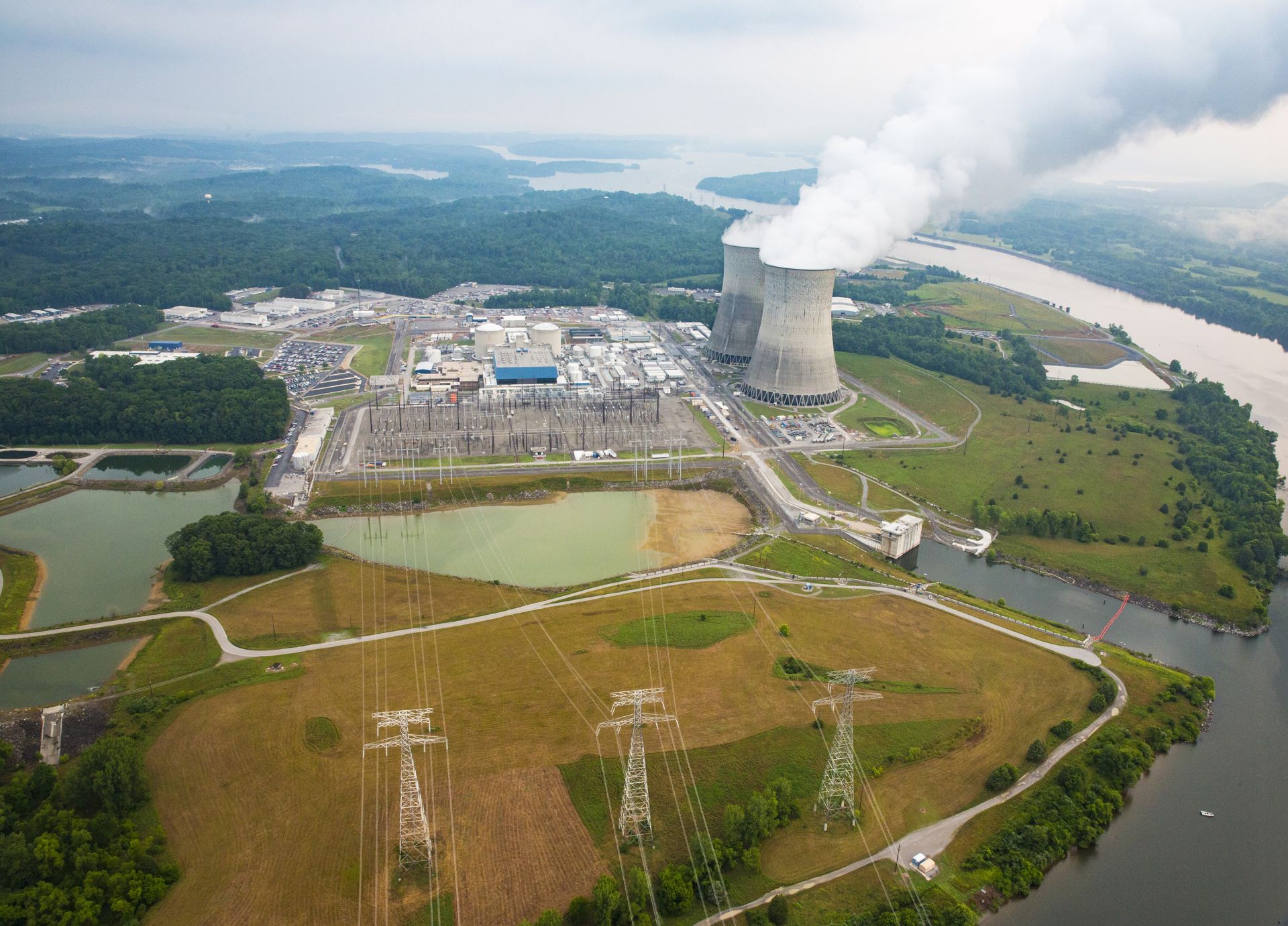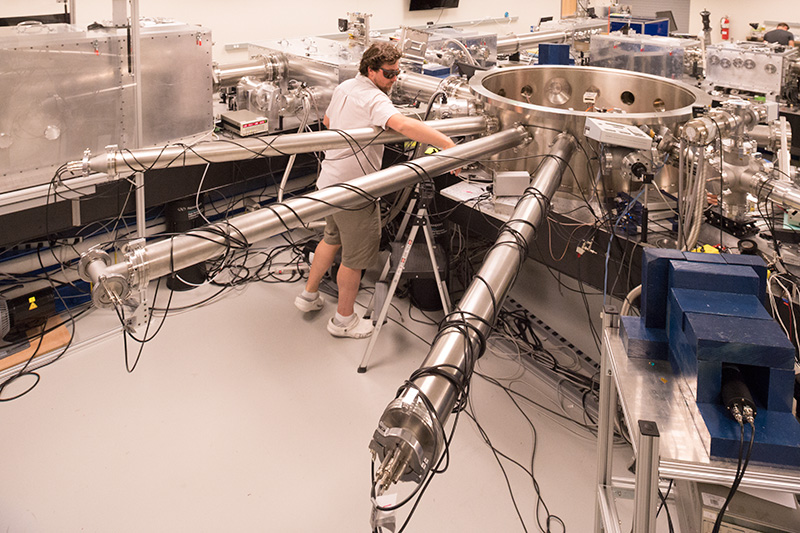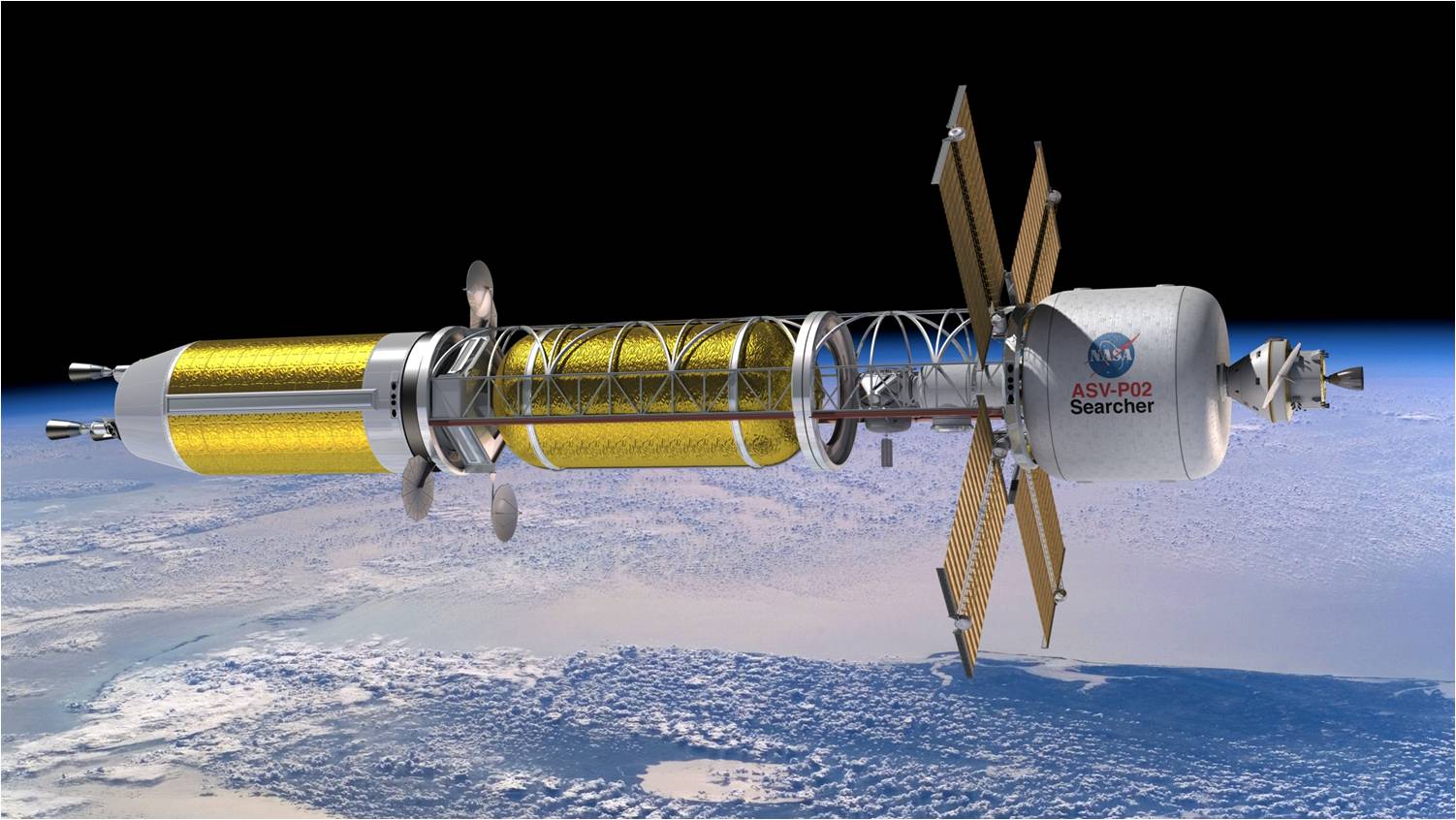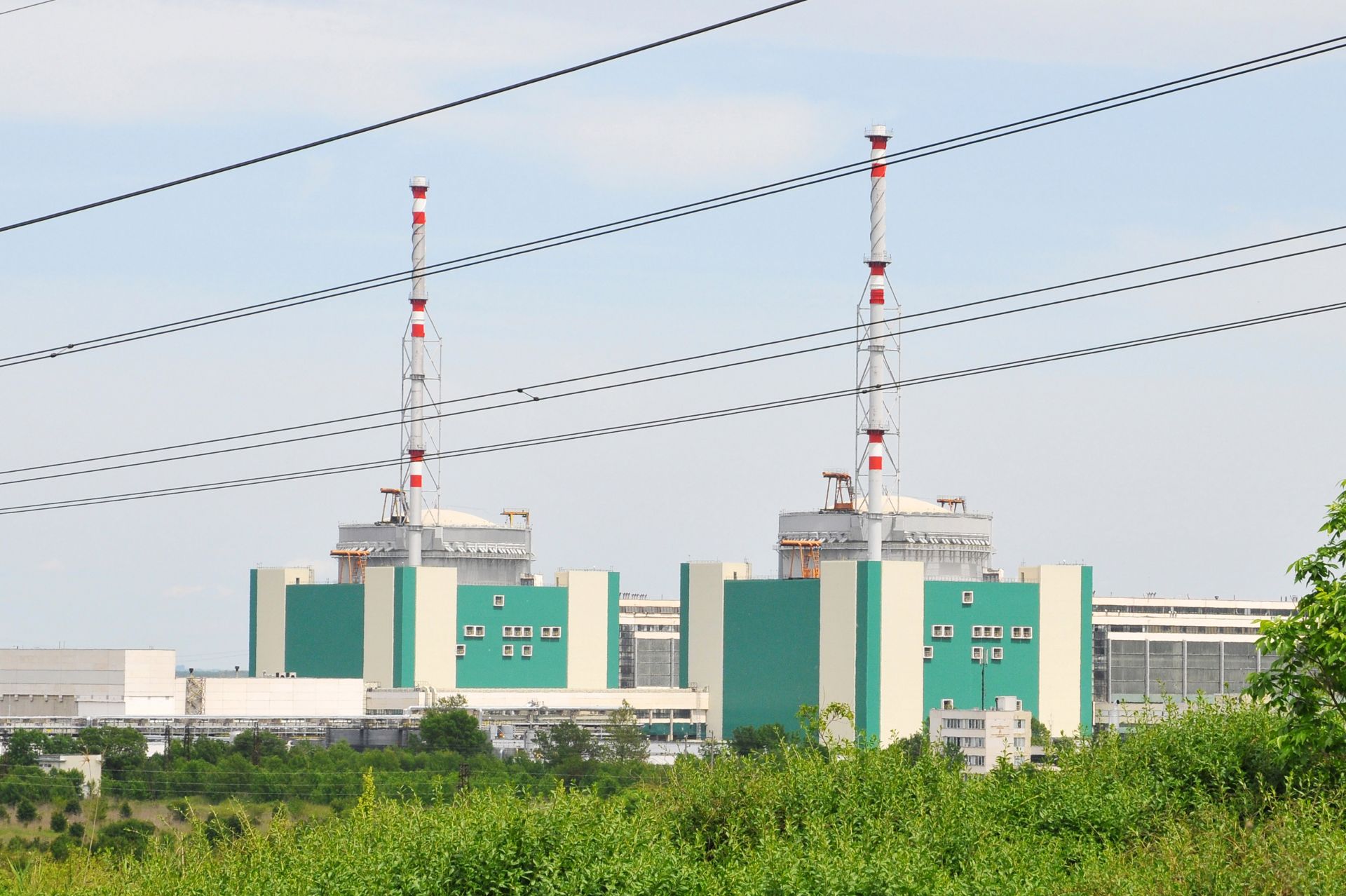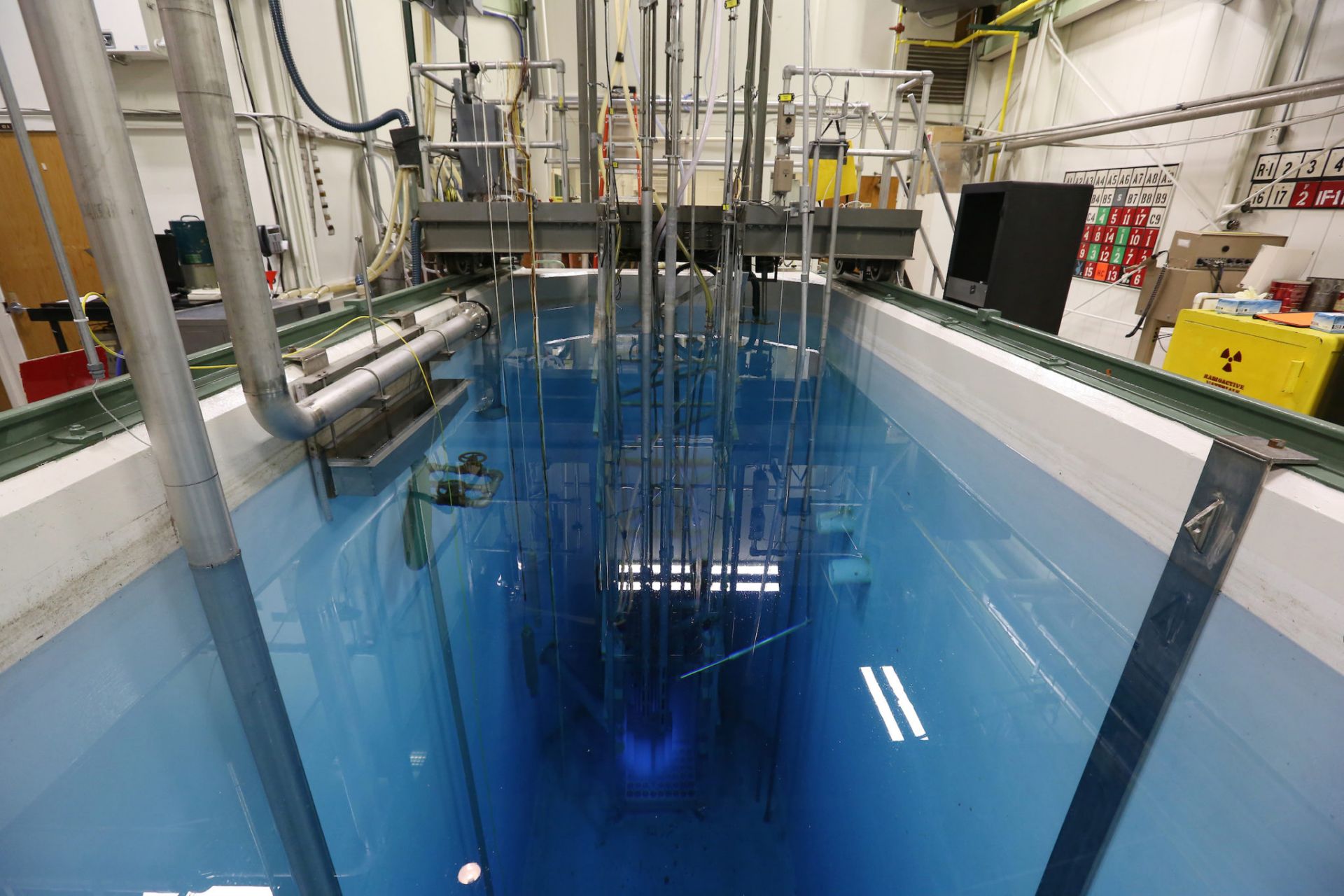Belarus’s first nuclear reactor connects to grid

The Belarusian nuclear power plant. Photo: Rosatom
Belarus on November 3 became the latest nation to begin generating electricity with nuclear energy when Unit 1 of the Belarusian nuclear plant was connected to the country’s power grid.
The Belarusian construction project, located in the Grodno region of Belarus, features twin 1,109-MWe pressurized water reactors, supplied by Rosatom, Russia’s state-owned nuclear energy corporation. The units are VVER-1200 Generation III+ designs, model AES 2006. Just last week, a VVER-1200 was connected to the Russian grid at the Leningrad plant.
The start-up program for Unit 1 began on August 7, when the first fuel assembly with fresh nuclear fuel was loaded into the reactor, according to a Rosatom press release. The reactor achieved first criticality on October 11.
Once fully completed, the plant is expected to supply approximately 18 billion kWh of low-carbon electricity to the Belarus national grid every year, Rosatom said.






